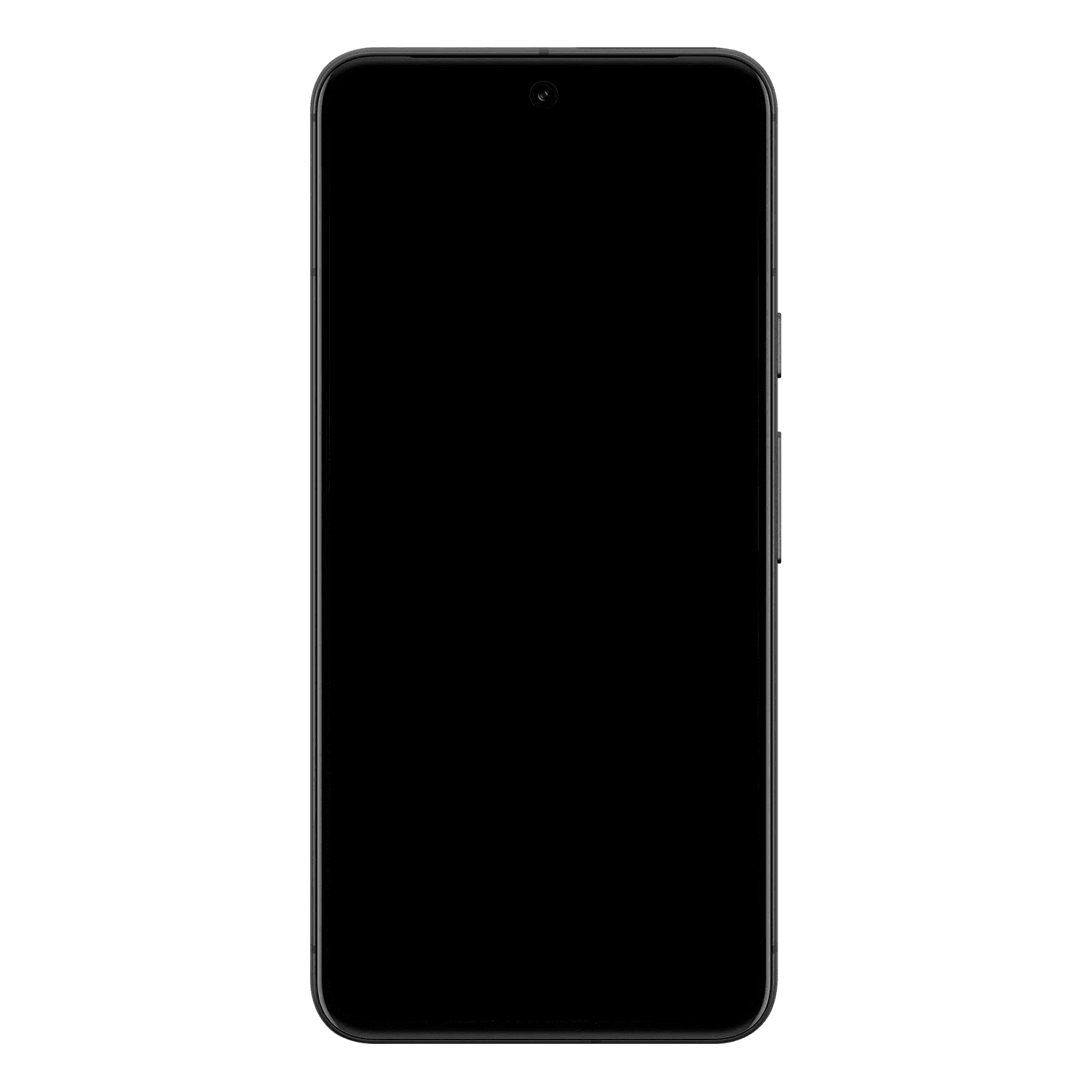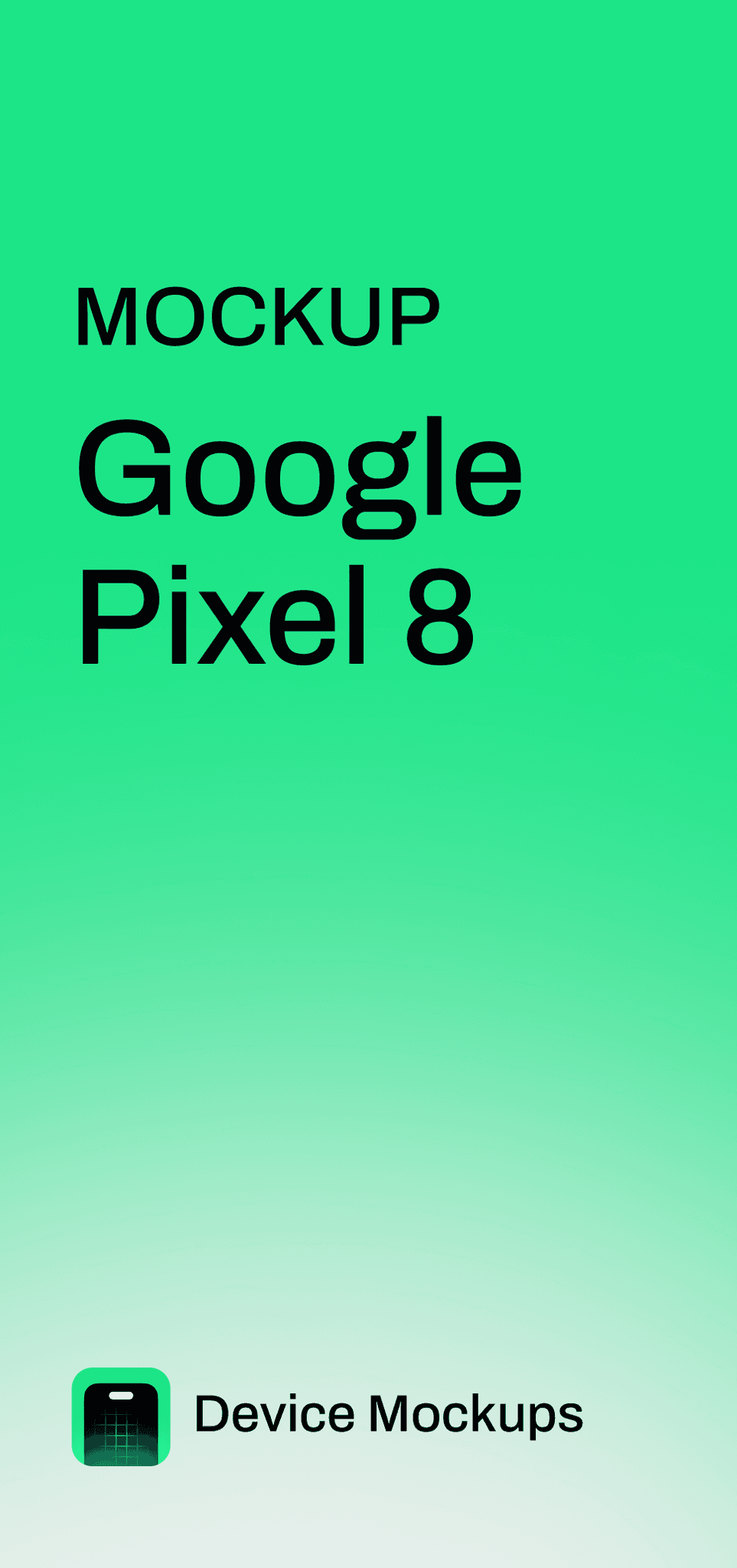Dreamer: Ideating Access in Healthcare
Dreamer is a mobile application designed to simplify the diagnosis of sleep apnea and nocturnal hypoxemia. Dreamer allows users to conduct overnight pulse oximetry monitoring conveniently through their Samsung watch, streamlining the process of collecting vital sleep data for accurate assessment and potential medical intervention.
This was created as part of the multi-week hackathon MedHacks Season 2 hosted through DevPost.
Background:
The Dangers of Nocturnal Hypoxemia
Undiagnosed sleep apnea poses significant health risks to adults, including high blood pressure, dementia, and heart failure, but the majority of affected individuals remain unaware of their underlying condition. According to the National Sleep Foundation, approximately 85% of people with sleep apnea never receive a diagnosis or proper treatment.
In February 2024, Samsung announced FDA approval for Galaxy Watches to conduct sleep apnea testing. Utilizing this newly approved technology our team ideated and designed Dreamer to preform overnight oximetry monitoring and allow users to send test results to their Physician to review and order additional testing as needed.
Project Overview
During the project, I worked remotely as the sole designer on the team, alongside 1 data analyst, 2 engineers, and 1 medical consultant.
Our project scope is the design and development of an intuitive and user-friendly app interface for overnight pulse oximetry monitoring. I was given three weeks to ideate the app with my colleagues, wireframe and create high fidelity prototypes for development.
Product Exploration
Understanding User Needs
We also used the vast expertise of a respiratory therapist to understand practical application and the challenges patients and health care providers face in diagnostic treatment, some of these challenges include:
Symptoms being overlooked: Common signs of sleep apnea, such as snoring and daytime sleepiness, are often dismissed by individuals, delaying consultation with healthcare providers.
Limited equipment available: High demand, and limited availability of overnight pulse oximetry testing equipment result in lengthy periods, often weeks, to be diagnosed.
Cost barriers: Limited access to healthcare services and the financial burden of medical visits often prevent patients from seeking testing for sleep apnea, further delaying diagnosis and treatment.
Defining Deliverables
led a team ideation session where we determine MVP criteria. We were also joined by our medical consultant to ensure that our product would meet healthcare and patient needs. Followed by team sketching, where we created low fidelity wireframes of the app and further ideated key features:
Complete Sleep Testing: The most important feature was the ability for users to complete overnight sleep oximetry testing that accurately assesses their oxygen levels.
Complete Epworth Sleepiness Survey: By incorporating the Epworth Sleepiness Survey, a widely recognized assessment tool utilized by healthcare professionals to evaluate sleep health, we ensure users receive medically endorsed assessments and valuable insights.
Learn tips to Improve Sleep Effectiveness: One of our project missions is to empower users to improve their own sleep routines, providing educational resources is key to this tenet.
Easily Send Results to their Physician: Our focus is to streamline patient doctor care, allowing users to opt into forwarding results to them helps expedite this process.
Design
UI Design
With sketches in hand, I translated our concepts into high-fidelity mockups and applied UI styling. For the style guide, I took inspiration from iconography and colors related to sleep, with deep lilacs and blues inspired by the night sky. The design also features a repeated motif of drifting clouds and flickering starlight. Special attention was made to ensure the colors would minimize stimulation and promote restfulness.
Login Screen
The login screen prominently features the starry night motif and animated drifting clouds. The simple interface encourages new users to register, and existing ones to login.
Onboarding
During sign-up, users are given the option to attach a prescription from a doctor for an overnight oximetry test. Additionally, users complete a brief three-screen onboarding process that educates them about overnight oximetry testing, the Epworth Sleepiness Scale, and tools.
Home Screen
As the main hub of the app, users can access sleep tools and view recent testing after assessment.
Epworth Sleepiness Survey
The Epworth survey features simplified language to help users understand the questions and illustrated queues that depict the questions to improve language barriers. Users are also given a score based on their answers and the ability to send results to their chosen healthcare team.
Preforming Overnight Oximetry
After users begin sleep testing, they're prompted to set an alarm, by default the interface is set to dark mode to encourage restfulness. Additionally, users have access to sleep sounds like white noise.
Prototype & User Testing
User Testing
We reviewed the high-fidelity screens as a team, I integrated them into a cohesive prototype with enhanced motion design using Figma. I performed two rounds of user testing to assess users' ability to complete tasks and interface experience.Initial testing revealed areas of improvement including shortening the signup process and improving the information architecture, after changes were implemented, users demonstrated expedited comprehension of sleep testing and shortened task completion. Users were asked to demonstrate the following tasks:
Task 1: Sign Up & Onboarding
The login screen prominently features the starry night motif and animated drifting clouds. The simple interface encourages new users to register, and existing ones to login.
Task 2: Epworth Sleepiness Survey
Objective: Complete the Epworth Sleepiness Survey and rate the likelihood for you to doze off in the various scenarios.
Once completed, review your results and send them to your healthcare provider.
How did learning your score impact your feelings on your sleep state?
Considering your survey results, would you make any actions or adjustments to improve your sleep quality?
Task 3: Sign Up & Onboarding
Initiate the sleep testing process by following the app's instructions and connecting your Samsung watch.
Upon completing the setup process, how confident do you feel about the accuracy and reliability of the testing results?
If recommended by the app, how likely are you to explore additional treatment with a healthcare provider?
How likely are you to use these tools in the future?
Testing & Results
Wearable Health Tech: Our research illustrates the potential for wearable technology in expanding healthcare access. We also recognize the need for efforts to reduce the cost barriers to this technology.
Testing Improves Follow-Through: User feedback demonstrated that those who undergo testing are more likely to seek further evaluation with a physician. By simplifying this process, we increase the likelihood of treatment.
Ethical Data Consideration: By working with healthcare professionals and users, we stayed mindful of data privacy, regulatory requirements and informed consent even in the confines of a hackathon project.
80%
Reported improved understanding of their sleep needs.
45%
Opted to share their Epworth survey results with their physician.
90%
Affirmed trust that the app would reveal accurate results.
“I’ve always suspected I had sleep apnea, but getting tested just felt overwhelming. This made it easy to understand my sleep patterns and gave me the push I needed to finally talk to my doctor. It feels like the first real step forward.”

Mark
Participant, retired High School Science Teacher
Conclusion
Dreamer was conceived to bridge the gap between suspicion and action for individuals potentially facing sleep apnea. By simplifying the initial steps, educating users about sleep health, and facilitating the sharing of sleep data with healthcare providers, we were able to help users who were on the fence to seek additional help.













